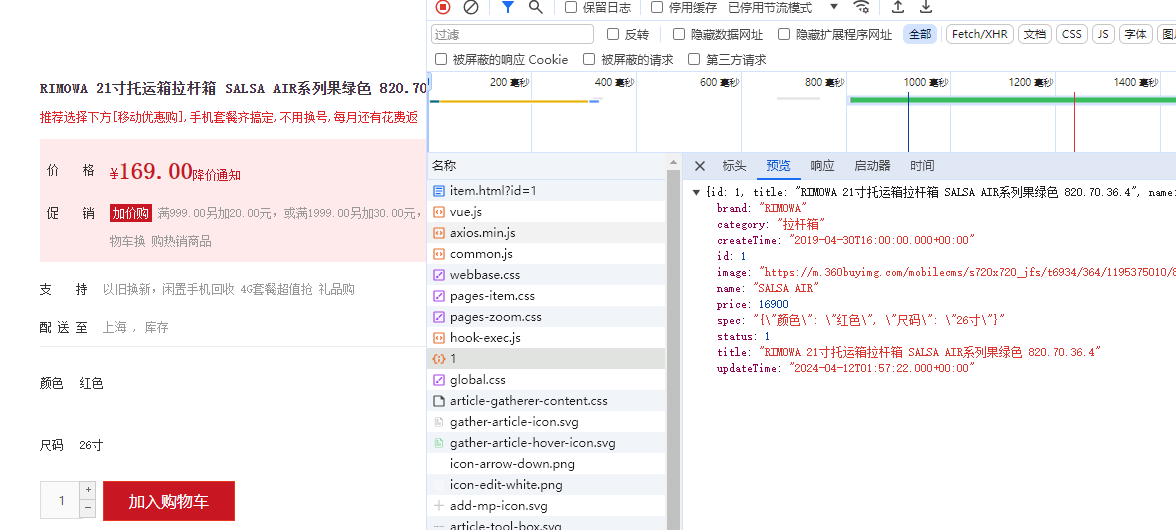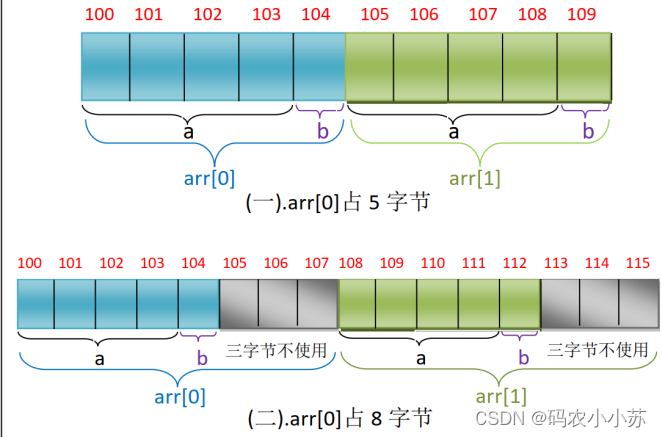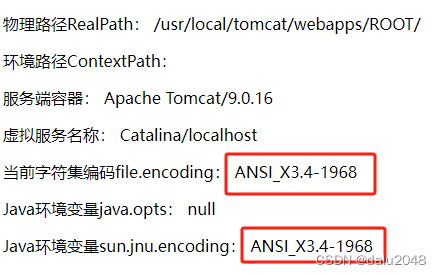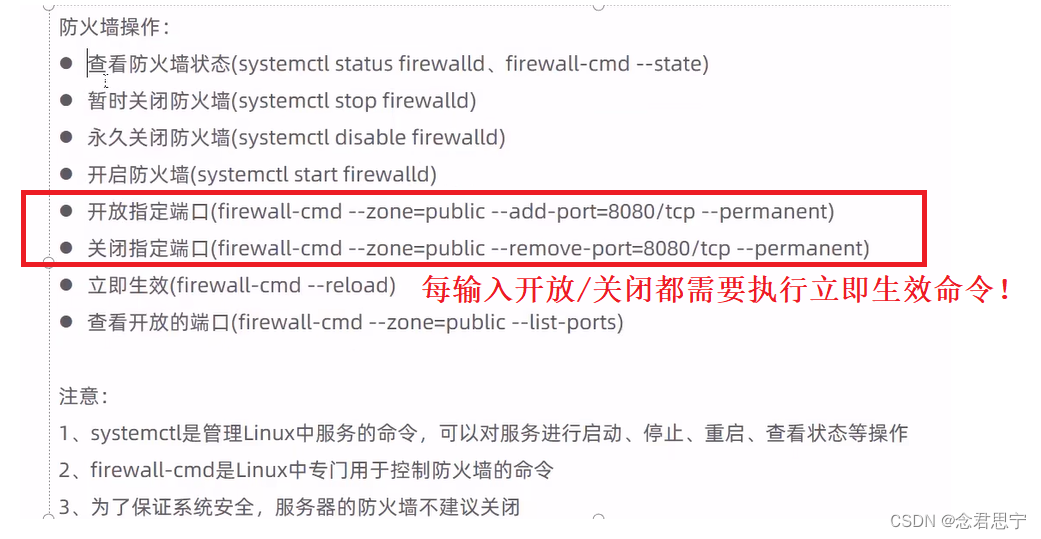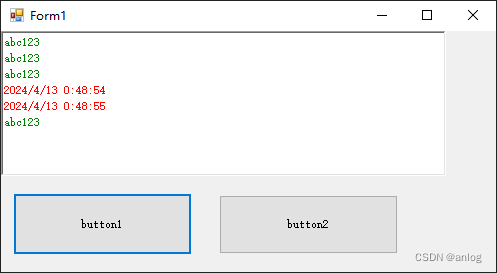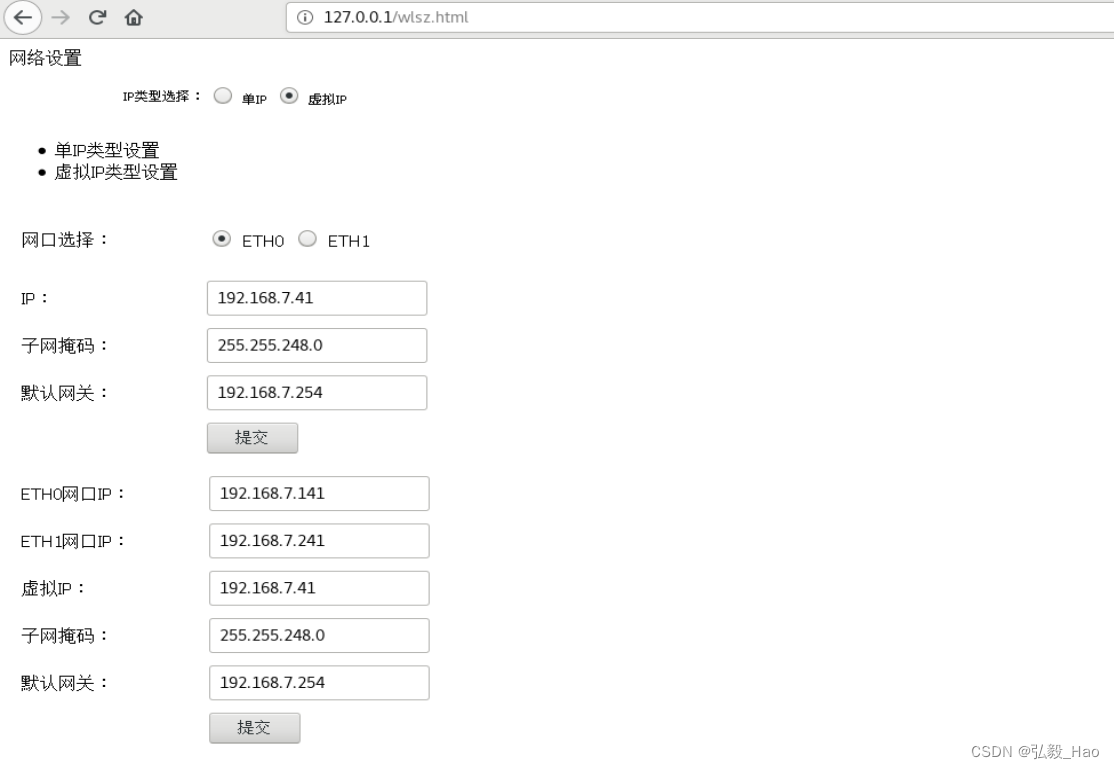pycharm注释(也可修改)
- 快捷键ctrl + /
- 手敲一个 " # " 这个是单行注释
- """ """ 左边这个三个引号可以完成多行注释
基础知识
常用的数据类型
def hello(self):print("Hello")print(type(1))
print(type("1"))
print(type(True))
print(type(1.1))
print(type([1,2,3]))
print(type(hello))返回的结果如下:

编写的代码如何打印在控制台呢?
print('hello, world')可以看看打印在控制台的效果:
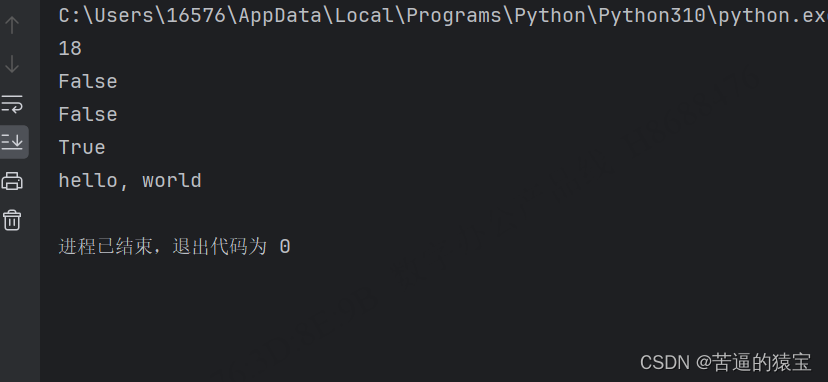
js,java,python等等语言的基础知识其实都是差不多的(大同小异)。
如下代码,第一个案例 python的代码是从上往下执行的。
第二个案例中,如果相等就会出现是True,类型不同也不行,必须类型和数值都是一样的
最后一个案例就有很好的解释,int(a)可以转换类型。将a转化成int类型
# pycharm的代码格式化 ctrl + alt + l 格式化代码
a = 2
a = 4
a = 6
print(a + a + a) # 输出结果18
# python的代码是从上往下执行的a = 1
b = 2
print(a == b) # Falsea ="1"
b = 1
print(a == b) #False""" int(a) 可以将字符串改成数字类型 """
print(int(a) ==b) #Truepython中的加减乘除
a = 1
b = 2
c = 3
d = 4
print(a+b) #加
print(c-b) #减
print(c*d) #乘
print(d/b) #除
print(d // c)
print(d % c) #取余
list
arrList = [1,2,3,4]
print(arrList) #打印这个数组
print(arrList[0]) #取出第一个数据,0是下标 ,记得索引是从0开始的
arrList[0] = 5 #直接修改这个数组的数据
print(arrList) #修改之后的数据
print(len(arrList)) #输出这个列表的长度
print(arrList[-1]) #取最后一个元素,如果超出这个列表就越界了,就会报错
arrList.append(5) #往list中追加元素到末尾
print(arrList) #修改之后的数据
arrList.insert(0,6) #往索引为0的位置插入一条值为6的数据
print(arrList) #修改之后的数据
arrList.pop() #删除末尾的数据
print(arrList)
arrList.pop(1) #删除指定位置的数据
print(arrList)
arr =[1,2,3,4,5,6,7,8,9]
print(arr[3:]) #取出3之后的所有数据
结果

条件判断
基本就if,if.....else.... , if...elif ....else
注意:python需要注意缩进,否则会报错,具体的缩进格式,不太好描述,大概就是要在同级别的对应同级别的,和不能和java和js一样写大括号,而是一个:代替,(报错如下)
File "D:\Python\pythonProject1\Code1.py", line 64
elif 10<a<101:
^^^^
SyntaxError: invalid syntax
a = 10
if a>101:print("a is greater than 101")
elif 10<a<101:print("a is greater than")
else:print("a is less than 101")
match方法
score = 'B'match score:case 'A':print('score is A.')case 'B':print('score is B.')case 'C':print('score is C.')case _: # _表示匹配到其他任何情况print('score is ???.')
结果

练习
判断这个人的年龄是属于什么?
age = 15
match age:case x if x < 10:print(f'< 10 years old: {x}')case 10:print('10 years old.')case 11 | 12 | 13 | 14 | 15 | 16 | 17 | 18:print('11~18 years old.')case 19:print('19 years old.')case _:print('not sure.')循环(注意缩进)
arr = [1, 2, 3, 4]
for i in range(len(arr)):print(i)

练习
求和
sum = 0
for x in [1, 2, 3, 4, 5, 6, 7, 8, 9, 10]:sum = sum + x
print(sum)

